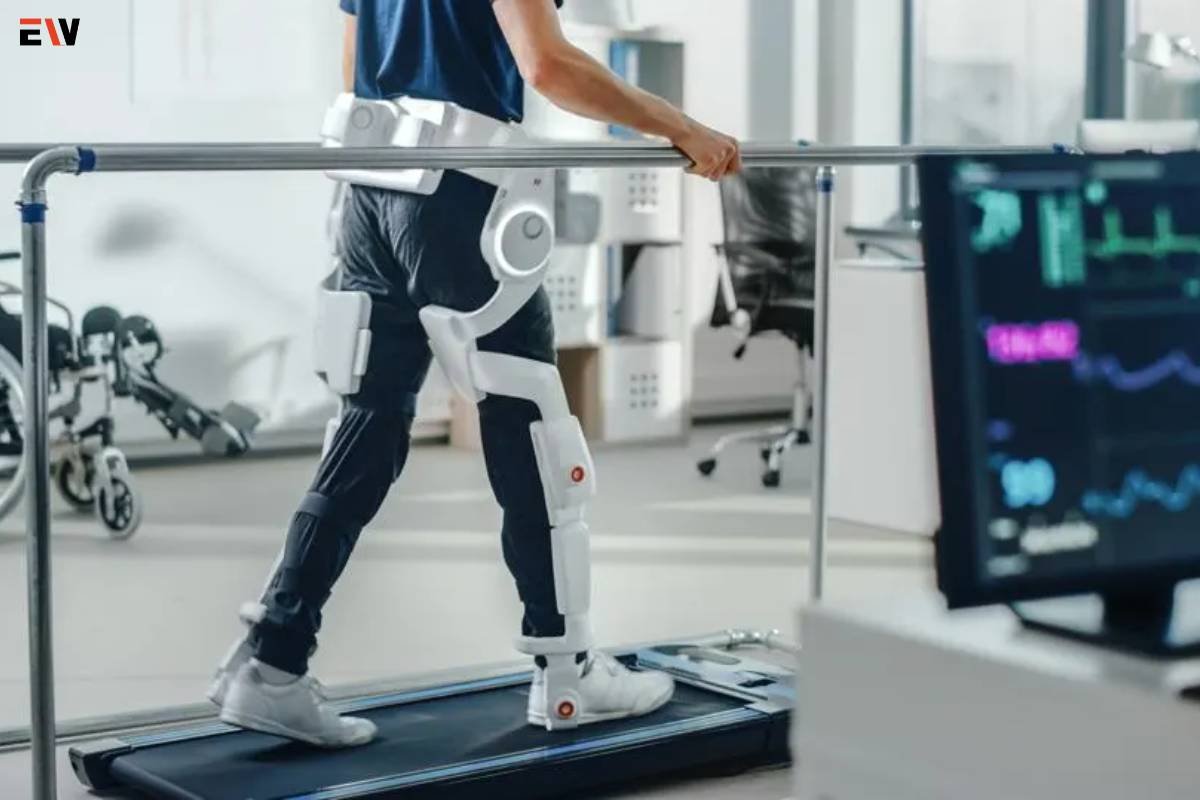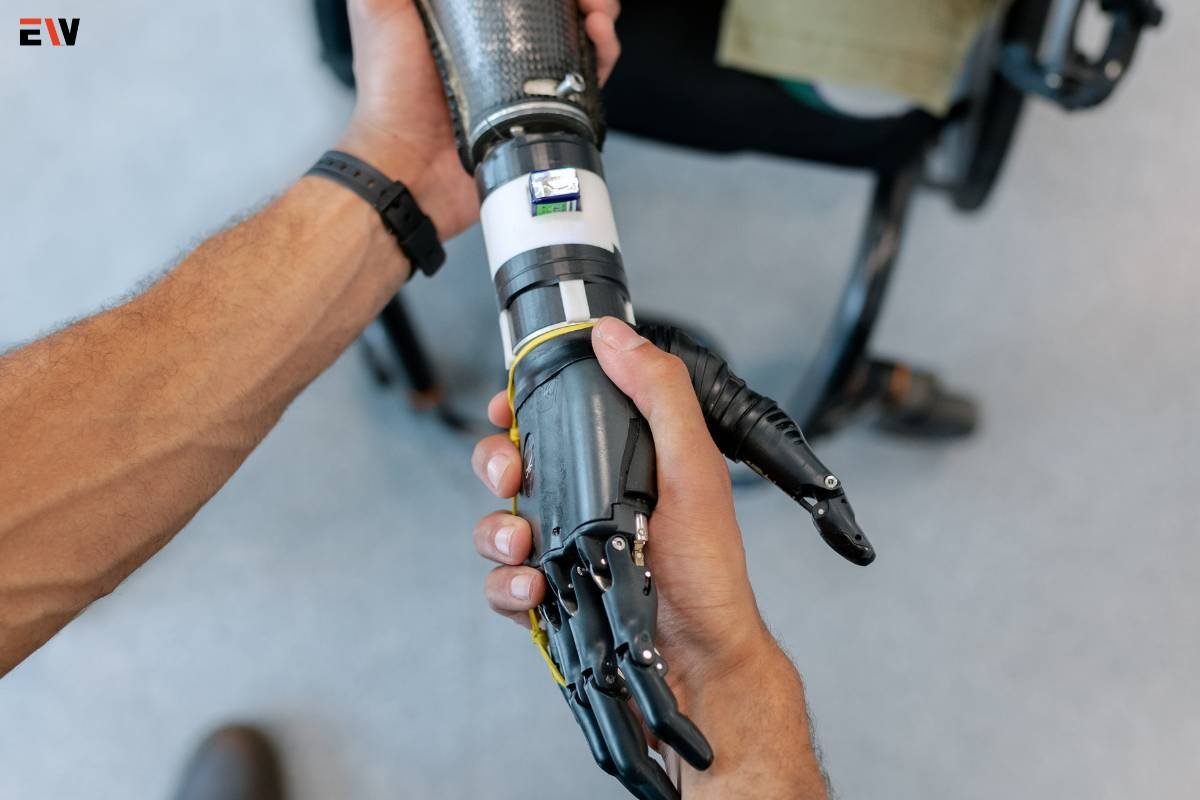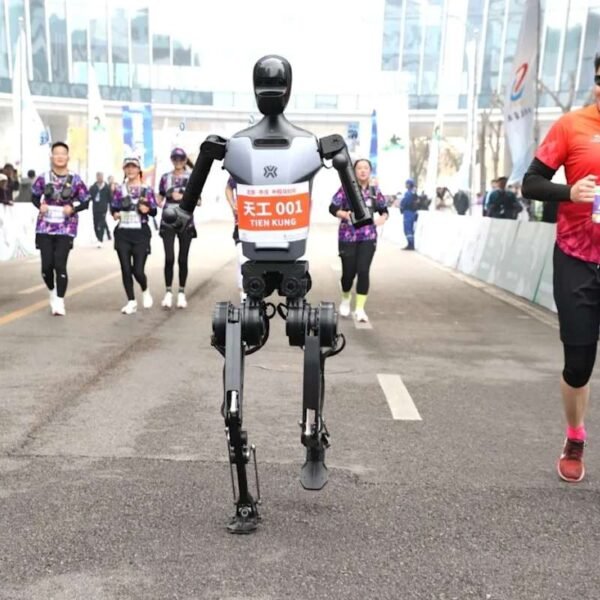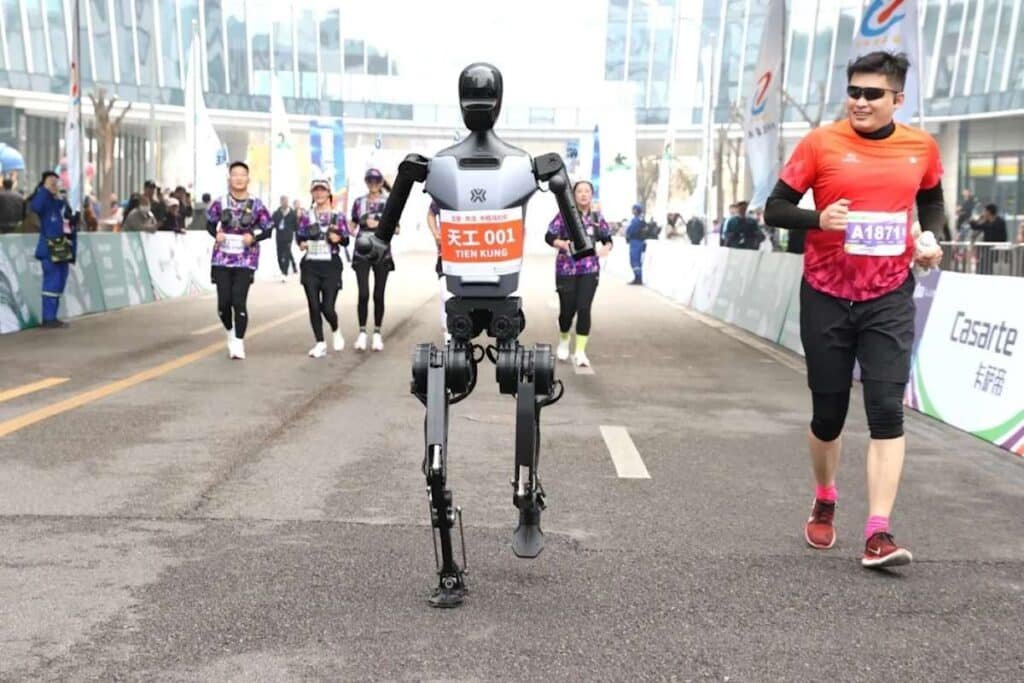The concept of exoskeletons has transitioned from the realm of science fiction to a cutting-edge reality, transforming the way we perceive and enhance human capabilities. These wearable robotic devices, inspired by nature’s exoskeletal structures, are designed to augment and support the human body’s physical functions. In this article, we explore the evolution, applications, and potential impact of carapace technology on various industries and the lives of individuals with mobility challenges.
The Evolution of Exoskeleton Technology
The roots of exoskeleton technology can be traced back to the early 20th century, with initial developments aimed at assisting military personnel and enhancing their physical abilities. However, it wasn’t until recent decades that advancements in materials, sensors, and robotics paved the way for the development of sophisticated armor for various applications.
1. Medical Rehabilitation
The first notable application of encasements emerged in the field of medical rehabilitation. Armors designed for individuals with spinal cord injuries or neurological disorders provide mobility assistance, enabling users to stand, walk, and regain independence. These medical armors often incorporate sensors and actuators to mimic natural human movement.
2. Military and Industrial Use
Exoskeletons found their way into military and industrial applications, aiming to enhance the strength and endurance of soldiers and workers. Powered carapaces assist with heavy lifting, reducing physical strain and preventing injuries in industrial settings. In the military, armors amplify soldiers’ strength and agility, potentially improving mission effectiveness.
3. Consumer and Sports Applications
As technology advanced, the outside skeleton started making its way into the consumer market and sports industry. Powered armor designed for recreational use or sports training offers augmented strength and endurance. These devices showcase the potential for outer skeletons to become mainstream tools for enhancing physical capabilities beyond medical and industrial contexts.
4. Assistive Devices for the Elderly
The aging population has prompted the development of outer skeletons as assistive devices for the elderly. These devices aim to support mobility, reduce the risk of falls, and enhance the overall quality of life for seniors. By providing additional strength and stability, external skeletons can contribute to extended independence for older individuals.
Applications of Exoskeletons
1. Medical Rehabilitation

Exoskeletons have become invaluable tools in medical rehabilitation, particularly for individuals with spinal cord injuries or paralysis. These devices assist in retraining the neuromuscular system, allowing users to stand and walk. The EksoGT and ReWalk are notable examples of medical external skeletons that have gained regulatory approval and are used in rehabilitation centers worldwide.
2. Industrial and Military Use
In industrial settings, armors contribute to improved worker safety and efficiency. Devices like the EksoVest provide upper body support for repetitive overhead lifting tasks. Military armors, such as the TALOS (Tactical Assault Light Operator Suit), aim to enhance soldiers’ strength, endurance, and protection on the battlefield.
3. Consumer and Sports Applications
Exoskeleton technology has expanded into the consumer market and sports industry. Companies like Ekso Bionics and Roam Robotics have developed external skeletons for recreational activities, ranging from walking assistance to enhanced strength for various sports. These devices offer a glimpse into the potential for carapaces as personal enhancement tools.
4. Assistive Devices for the Elderly
External skeletons designed for the elderly focus on providing support for daily activities and mobility. The Hyundai Medical Exoskeleton (H-MEX) is an example designed to assist seniors in walking and navigating their surroundings, reducing the risk of falls and promoting an active lifestyle.
Challenges and Future Developments
While external skeleton technology has made significant strides, several challenges remain on the path to widespread adoption and further advancements:
1. Cost and Accessibility
High manufacturing costs and limited accessibility pose challenges for widespread adoption, particularly in medical and consumer markets. Efforts to make outer skeletons more affordable and accessible will play a crucial role in expanding their reach.
2. User Comfort and Ergonomics

Ensuring user comfort and addressing ergonomic concerns are essential for the success of outer skeletons. Striking the right balance between providing support and maintaining natural movement is a complex challenge that researchers and developers continue to address.
3. Power Source and Energy Efficiency
Exoskeletons often rely on batteries as a power source. Improving battery technology and enhancing the energy efficiency of skeletons are ongoing areas of research to extend operating durations and reduce the weight of the devices.
4. Adaptability and Customization
Different users may have varying needs and physical conditions. Developing outer skeletons that are adaptable and customizable to individual requirements is crucial for their effectiveness in diverse applications, from medical rehabilitation to industrial use.
The Future Impact
The evolving landscape of exoskeleton technology holds immense potential to transform industries and improve the lives of individuals with mobility challenges. The future impact of skeletons is likely to include:
1. Enhanced Mobility and Independence
Armors will continue to empower individuals with mobility impairments, providing them with the ability to stand, walk, and navigate their environments independently. This increased mobility contributes to improved mental well-being and overall quality of life.
2. Safer and More Efficient Industrial Work
In industrial settings, outer skeletons have the potential to reduce the risk of musculoskeletal injuries, enhance worker safety, and improve overall efficiency. Workers equipped with skeletons can handle heavy loads with reduced physical strain, leading to a healthier and more productive workforce.
3. Military Applications
Military external skeletons are likely to see further development, contributing to soldiers’ enhanced capabilities on the battlefield. These devices may include features such as advanced sensors, integrated communication systems, and improved agility for mission success and personnel protection.
4. Mainstream Consumer Adoption

The consumer market for external skeletons is poised for growth as technology becomes more affordable and user-friendly. Personal skeletons may find applications in various recreational activities, sports training, and as tools for personal enhancement, contributing to a more active and capable society.
5. Assistive Devices for Aging Populations
Skeletons tailored for the elderly will play a vital role in supporting an aging population. These devices have the potential to enhance mobility, prevent falls, and enable seniors to maintain an active and independent lifestyle for longer.
Conclusion
The skeleton technology represents a remarkable convergence of robotics, biomechanics, and materials science, offering transformative solutions across diverse applications. From medical rehabilitation and industrial work to military applications and consumer use, skeletons have the potential to redefine human capabilities and contribute to a more inclusive and efficient society.
As researchers and developers address existing challenges, such as cost, ergonomics, and adaptability, the future of exoskeletons holds promise for further innovation and widespread adoption. The journey from science fiction to reality continues, as skeletons evolve into indispensable tools that empower individuals and industries alike, ushering in a new era of enhanced human potential.










